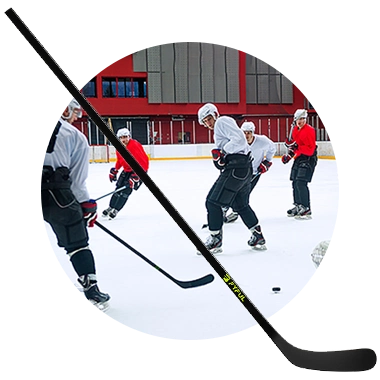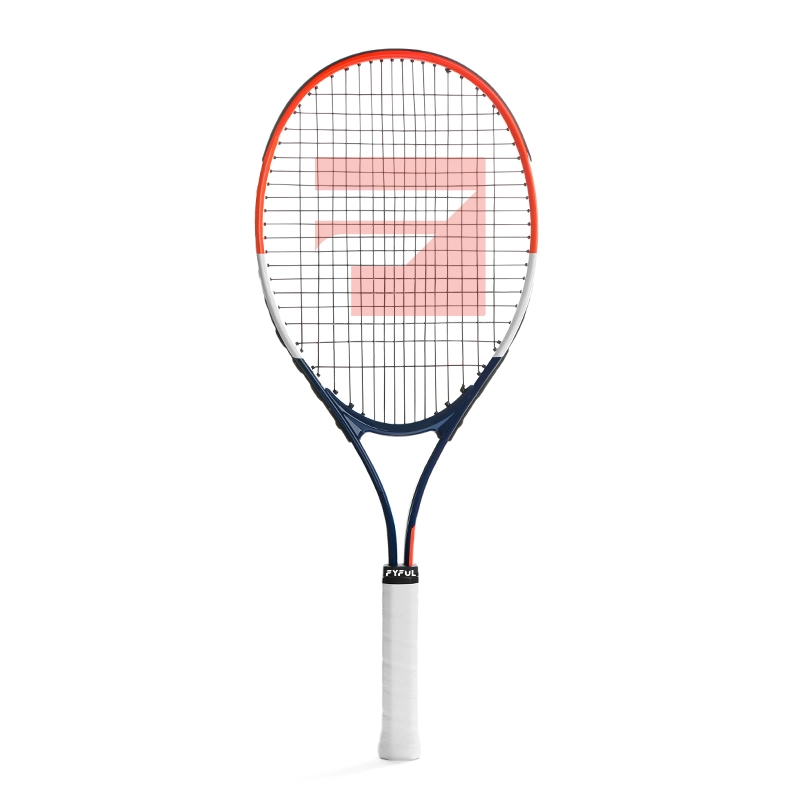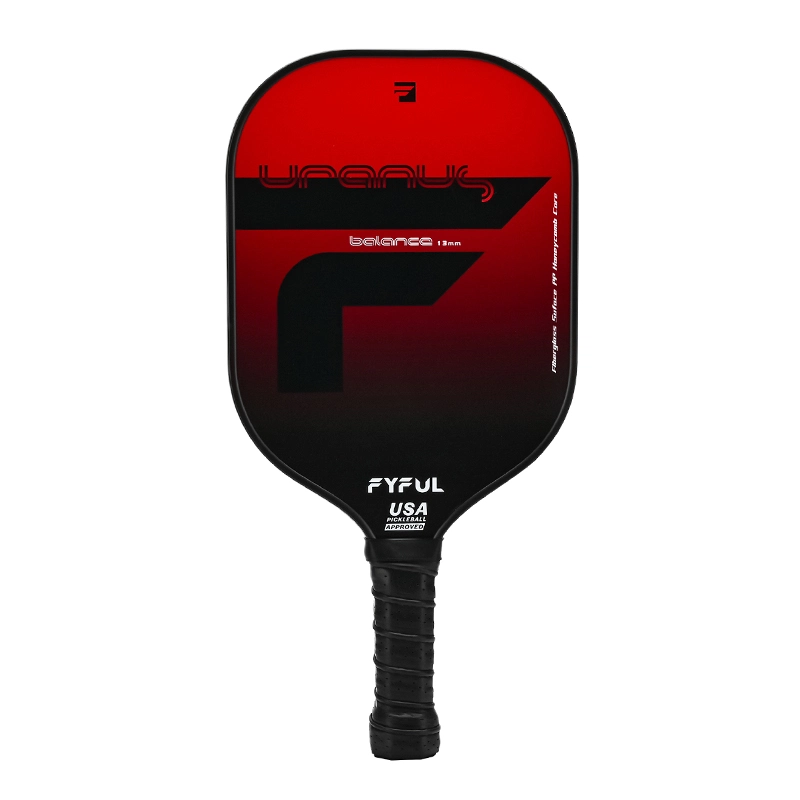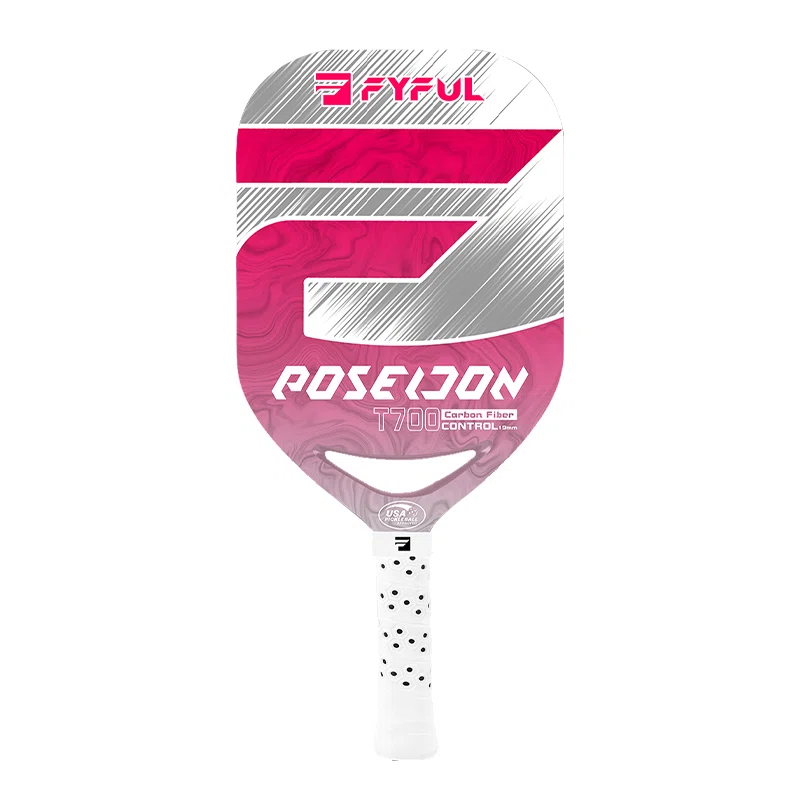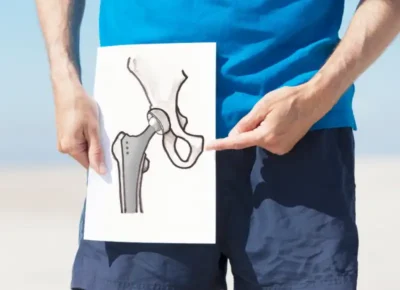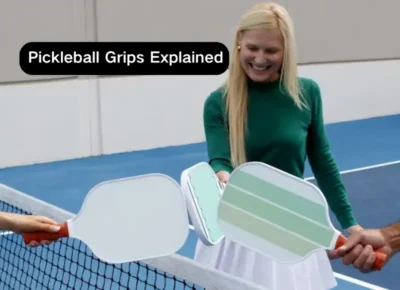Table of Contents
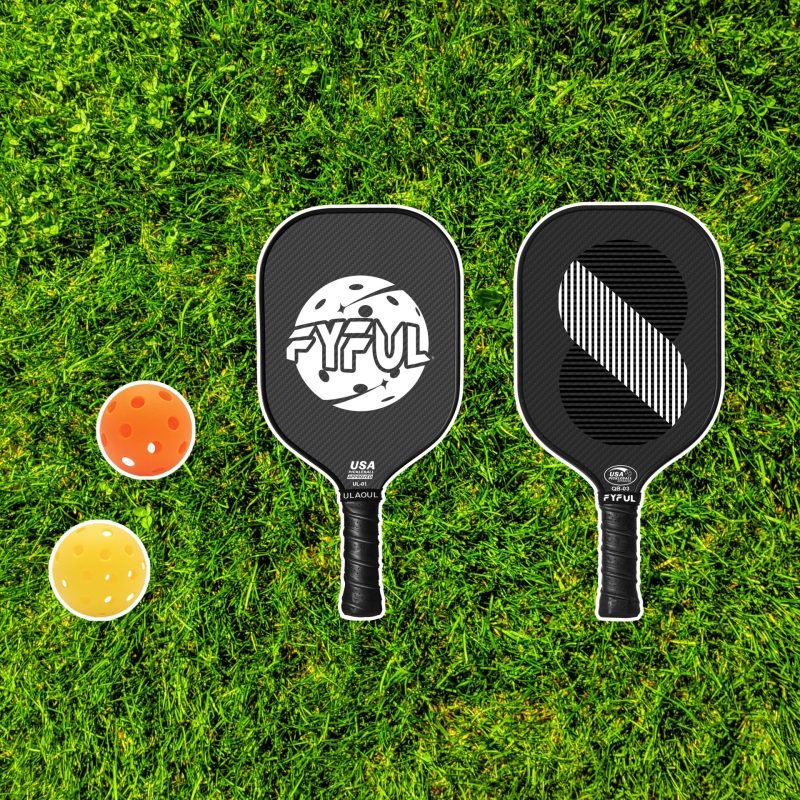
Standard Pickleball Court vs. Grass Court
Setting Up a Pickleball Court on Grass

Source: https://www.sandypickle.com/grass-pickleball/
Step 1 --> Choose the Right Spot

Step 2 --> Mow the Grass

Step 3 --> Mark the Lines or Draw Court Boundaries
The Baseline
The Sideline
The Center Line
The Non-Volley Zone or Kitchen

Source: https://usapickleball.org/
Step 4 --> Install the Net

Source: https://www.sandypickle.com/grass-pickleball/
Step 5 -->Prepare the Equipment
Paddles with a Hard Surface
Outdoor Pickleball Balls
Athletic Outfits
Light Shoes

Benefits of Playing Pickleball on Grass
Easy on the Body
Playing on grass courts is relatively safer and easier on the body. The casual style of the game and its slow pace reduce the strain on your joints and muscles. Soft grass is perfect for senior players or those rehabbing injuries and provides a light, recreational workout.
Kid and Pet Friendly
Concrete or asphalt courts are usually not suitable for kids and pets because of the risk of scrapped knees and paw pads. In comparison, soft courts like grass are more forgiving, so you can take your kids or pets to the game without worrying about their knees or paws getting bruised.
Aesthetics and Environment
Playing on grass courts feels better because you are in nature. The aesthetic appeal of a grassy area, combined with fresh air and the potential for a less structured game, enhances the overall experience. The atmosphere relaxes your body and helps manage stress, which is why it is best for senior players.
Flexibility and Accessibility
One of the biggest pros of grass court pickleball is that it removes the need to find a court or pay to play pickleball. You can now play pickleball almost anywhere, in your backyard or the park, given there's adequate space and the grass is short and clean.
Adaptability and Skill Enhancement
Playing on grass also helps enhance your skills and improve reaction time. Grass has unpredictable or varied bounce; hence, you cannot trust it and must react fast. Also, the ball travels slowly on grass, so you can't rely solely on the powerplay and must work on your shot placement and positioning. Besides helping you play better on grass, these forced adjustments improve your performance on standard courts or hard surfaces.
Suitable for Beginners
Grass provides a softer landing, reducing the risk of injury for newcomers. Additionally, the slower pace on grass allows beginners to practice their shots and footwork with more control, making it an ideal learning environment.
Challenges of Playing Pickleball on Grass
Inconsistent or Varied Bounce
Even the most finely trimmed grass court is no match for hard court surfaces. Hence, you must account for low bounce, uneven surface, and slower ball speed. Also, unlike hard surfaces, the ball loses a lot of speed after it comes in contact with the grass. Even if you choose an outdoor pickleball over an indoor one, it still isn’t likely to achieve proper movement. That's why it is essential to adapt the playing style when you play pickleball on grass and try to hit the ball on the full or volley so you can neutralize the inconsistent or varied bounce.
Unprecise Shots
The surface can affect the usual style of play and timing, making it challenging to execute precise shots. Additionally, softer ground can alter movement dynamics, which may not align with training on harder surfaces. Therefore, many pro players may not prefer playing on grass due to its unpredictable bounces and slower pace.
Poor Footing
Pickleball is playable on many types of grass courts, but it is ideal to find flat and dry surfaces as wet or slick ones make it hard to move around and increase the risks of injury.
Weather Considerations
On one hand, playing on grass surfaces makes it possible to play the game almost anywhere, but it also makes it hard to play the game year-round. For instance, you cannot play grass pickleball in the rainy season as water kills the bounce and ruins the court surface.



